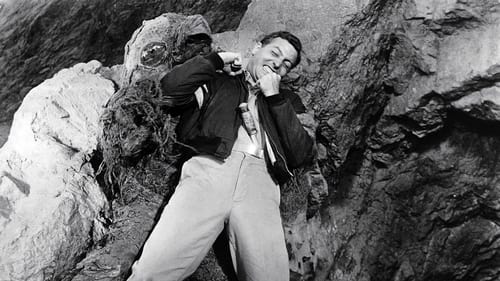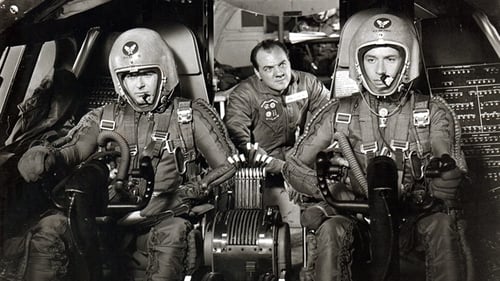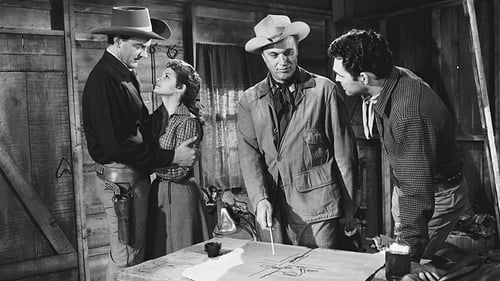
Cal Moulton
A backwoods game warden and a local doctor discover that giant leeches are responsible for disappearances and deaths in a local swamp, but the local police don't believe them.

Maj. John Corcoran
An astronaut is killed on re-entry to Earth, but his body is seeded with rapidly-gestating aliens.

Capt. Dickson (uncredited)
Sgt. Chuch Brennan always disliked playboy and hotshot, Col. Jim Herlihy. Now Chuck has even more reason to, Jim is dating his daughter, Lois.

Billy Deal
An outlaw is left for dead by his gang after being shot. A year later, he is released from jail with one thing on his mind: Revenge.

Visualizes traffic problems and cites statistics concerning these problems. Suggests three major considerations in the reduction of traffic problems: engineering, education, and enforcement. Emphasizes the traffic court judge's responsibility in enforcement and discusses how a judge can most effectively deal with each case so that people will leave the courtroom with respect for law courts and an awareness of their responsibilities toward observing the rules of the road.

Clarifies the meaning and purposes of corrective penalization as applied by the city traffic court. Describes the importance of accurate and complete information relating to both the traffic offense and the offender. Classifies traffic violators into three groups and points out examples of corrective penalties which may be imposed and stresses the value of a traffic court school for certain types of traffic violators.

Outlines the basic requirements necessary for effective court administration which is equally applicable to one-judge or multiple-judge courts and illustrates principles of sound business practices. Lists adequate courtroom facilities and stresses the need for competent clerical help and clerk attaches. Enumerates the merits of combination traffic ticket and complaint. Encourages the establishing of an accurate system of accountability of complaints. Advocates the establishment of traffic violations bureau where clerical assistants could handle non-moving and non-hazardous viloations.

Contrasts the traffic court of the horse and buggy era with that of today. Points out that traffic court cases must be kept separate from others and that the court must demand and earn respect. Presents examples of good traffic courtroom procedure emphasizing such aspects as the formal opening, initial remarks by the judge outlining rights and obligations of defendants, trial procedure, and formal closing. Emphasizes that it is the traffic court judge's responsibility to increase respect for judicial authority.







